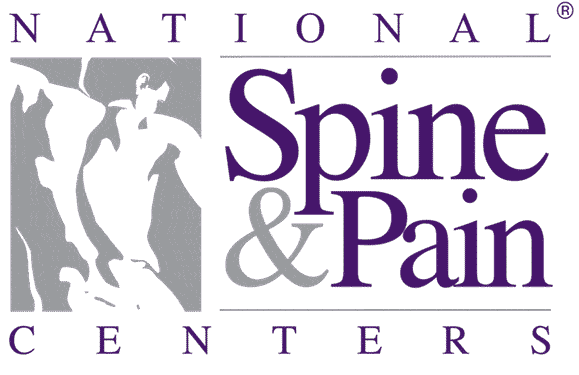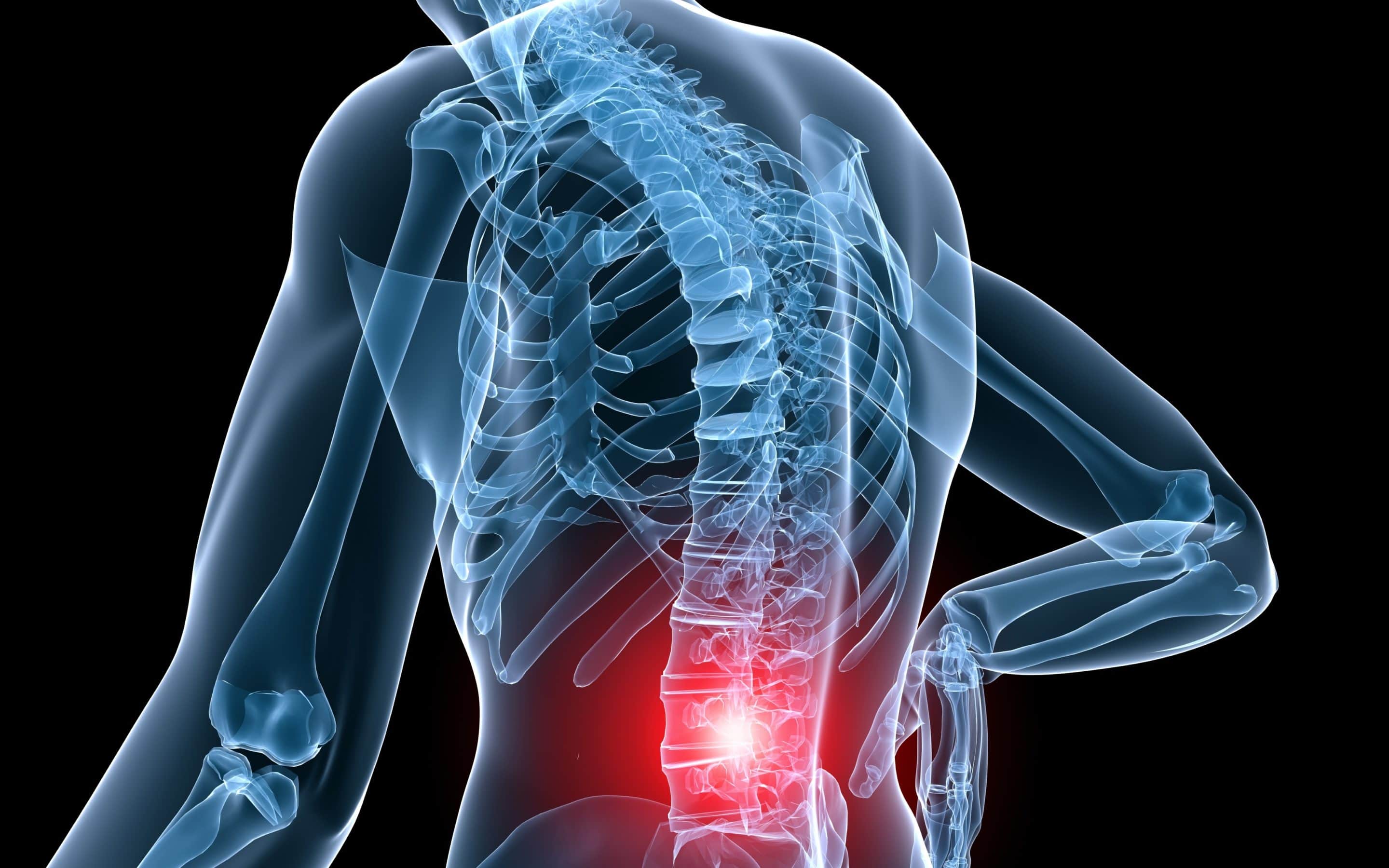
Jun 14, 2018 | Articles by Body Part, Spine and Neck
-80% of adults experience back pain
-most common cause of job-related disability and leading contributor to missed work days
-incidence: men = women
-types: acute (lasts days to a few weeks), subacute (lasting 4-12 weeks), chronic (lasting >12 weeks)
Causes of Low Back Pain:
–age: initial occurrence usually 30-50 years of age
–low level fitness level: weekend warriors or sedentary-during-the-week-but-active-on-weekends folks are at increased risk of low back injury
–weight: increased weight will add stress to the discs and joints
–pregnancy: pelvic changes and weight distribution low and anteriorly stress the lumbar spine
–occupational: heavy lifting, pushing, pulling especially when it involves twisting
–genetics: some folks with have congenital (born with it) predisposition to back pain due to their genetic makeup as in ankylosing spondylosis
How is Low Back Pain Diagnosed?
-physical exam: physician/medical provider
-imaging: MRI, CT, x-rays, bone scans, blood work
How is Low Back Pain Treated?
–Traditional approaches: heat/ice, activity, physiotherapy, medications, chiropractic, traction, acupuncture, biofeedback, nerve blocks and surgery.
–Regenerative therapiesinclude: prolotherapy, platelet rich plasma (PRP), platelet lysate and stem cells. These treatment options are great for pinched nerves causing radiation pain to the hips or legs, facet mediated pain, instability, disc pain or SI joint dysfunction.
–Prolotherapy: is a solution of dextrose, normal saline and local anesthetic, used frequently to improve stability of the ligaments of the lumbar spine and sacrum/pelvis by injecting specific ligaments and supporting structures of the lumbar s: the supraspinous, infraspinous, iliolumbar, deep dorsal ligaments of the SI joint. Joints also benefit from prolotherapy. Therefore, facet joints, hip and sacroiliac joints can also improve low back pain.
–Platelet Rich Plasma: we draw the patient’s blood, like a blood donation, and through specialized lab processing, we collect and concentrate the platelets for reinjection into the joints, tendons and ligaments including: the facet joints, sacroiliac (SI) joints, and lose ligaments and tendons.
–Platelet Lysate: we draw the patient’s blood, like a blood donation. In our office, we have an ISO-5 lab where we are able to process the platelets allowing us to keep all the good content (growth factors, anti-inflammatories, chemotactic factors and signally molecules) and discard the rest. We then inject this concentrated growth milieu into the epidural space and peripheral nerves without irritation (sciatica, radiculopathy).
–Stem Cells: autologous (comes from the patient’s own bone marrow) are very potent progenitor cells that can help injured bone, ligament, tendon, cartilage and muscle to heal. Stem cells are typically used in the spine when there is significant or recalcitrant facet joint pain/osteoarthritis (OA) and/or significant disc degeneration.
All regenerative injections are done under guidance, using musculoskeletal ultrasound and/or fluoroscopy (x-ray).
Results vary depending on extent of injury/degeneration. Usually, a patient will get 1-3 series of injections to maximize their healing response. Not every patient is a candidate. We encourage patients to bring their imaging (x-rays, MRIs, CTs, etc.) that’s been done within 2 years, as this will complement the exam. New imaging can be ordered as well. We are proud to offer the most trusted and effective orthopedic stem cell procedures currently available. We welcome the chance to meet with you and to add you to our list of satisfied patients. Contact us today. Contact us today.

Nov 1, 2017 | Articles by Body Part, Blog, Conditions, News and Events, Platelet Lysate, Procedure Outcomes, PRP, Regenerative Treatments, Spine and Neck, Staff Articles, Testimonials
Our StemCell ARTS team recently received amazing recognition from Judy, a patient under the care of Dr. Benjamin Newton in the Chevy Chase, MD office. Judy provides her experience after undergoing Platelet Rich Plasma and Platelet Lysate injections to treat her cervical spine.
I was seen in August for my 2nd PRP treatment. I am thrilled to say that I can really see and feel the difference since my last treatment. Initially it was crazy sore and quite miserable but after about 6 weeks I started to really improve. I was able to travel lugging my own suitcase and back pack throughout London, Paris and Scotland on /off trains /metros / etc. I was so surprised at how well my neck and back did throughout the whole time.
No muscle relaxers or Advil needed the entire trip . I wanted to send a big thank you to Dr. Newton as I have been struggling with pain for over 11 years since my accident.
Click here to see a platelet procedure being performed to treat the cervical spine.

Oct 17, 2017 | Articles by Body Part, Blog, Conditions, Procedure Outcomes, PRP, Regenerative Treatments, Spine and Neck, Staff Articles, Testimonials
Our StemCell ARTS team recently received amazing recognition from Lee, a patient under the care of Dr. Robert H. Wagner in the Tysons Corner, VA office. Lee explains her experience after undergoing Platelet Rich Plasma injections to treat her spine.
“I have been receiving PRP treatments from Dr. Wagner for managing spondylolisthesis over the years, and they have worked very well for me. Thanks to Dr. Wagner, I have been able to lead a normal life and do the activities I love like horseback riding.”
Click here to read more about the “Regenexx Difference” and how StemCell ARTS is different than other practices utilizing regenerative therapies.
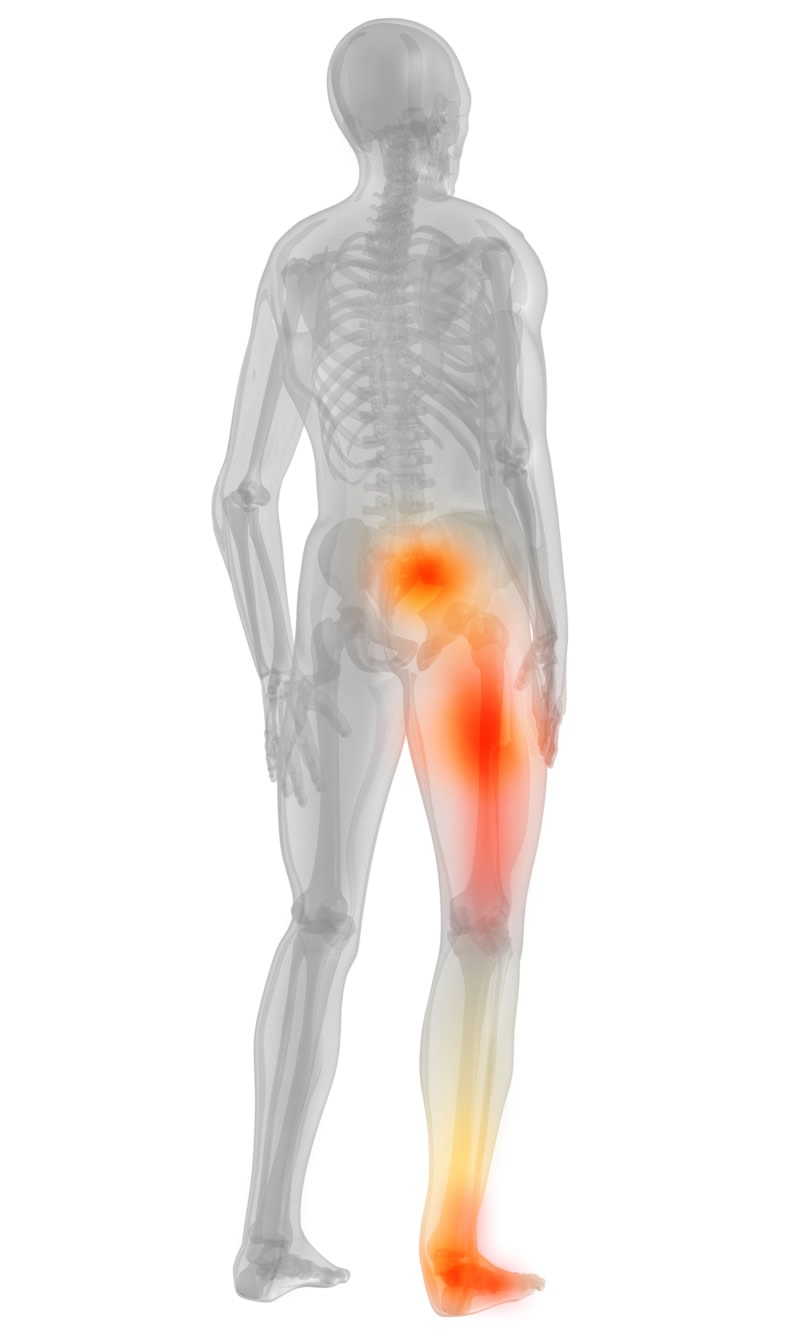
Jun 22, 2017 | Articles by Body Part, Platelet Lysate, Spine and Neck, Uncategorized
Often, when patients are diagnosed with spinal stenosis, the only solution most physicians and surgeons give them is surgery. Stenosis occurs when there is a narrowing in the spinal canal; this narrowing causes trapped nerves which can produce symptoms of sciatica. Weakness, numbness, and tingling (down legs and buttocks) can be a result of these trapped nerves. The most common surgery for spinal stenosis is ‘decompressive laminectomy’. This surgery involves removing a portion of the bone or thickened tissue that is compressing the nerves. Laminectomies are often coupled with spinal fusions in order to provide the back with more support. For those who wish to avoid such an invasive procedure, StemCell ARTS with Regenexx has a solution for you!
Regenerative Options
Our physicians are able to provide customized treatment plans for patients suffering from pain due to spinal stenosis. Platelet Lysate is a treatment we utilize for trapped nerves. The process starts with a venous blood draw. After that, we hand process your sample in our state-of-the-art lab, and separate the platelet from red blood cells. We then freeze the platelets and break them open to extract the growth serum inside. These growth factors are then injected by the doctor around the nerves to calm the inflammation.
See how Dr. Centeno helped Kathie overcome the pain from her spinal stenosis in order to help her continue her coral restoration work!
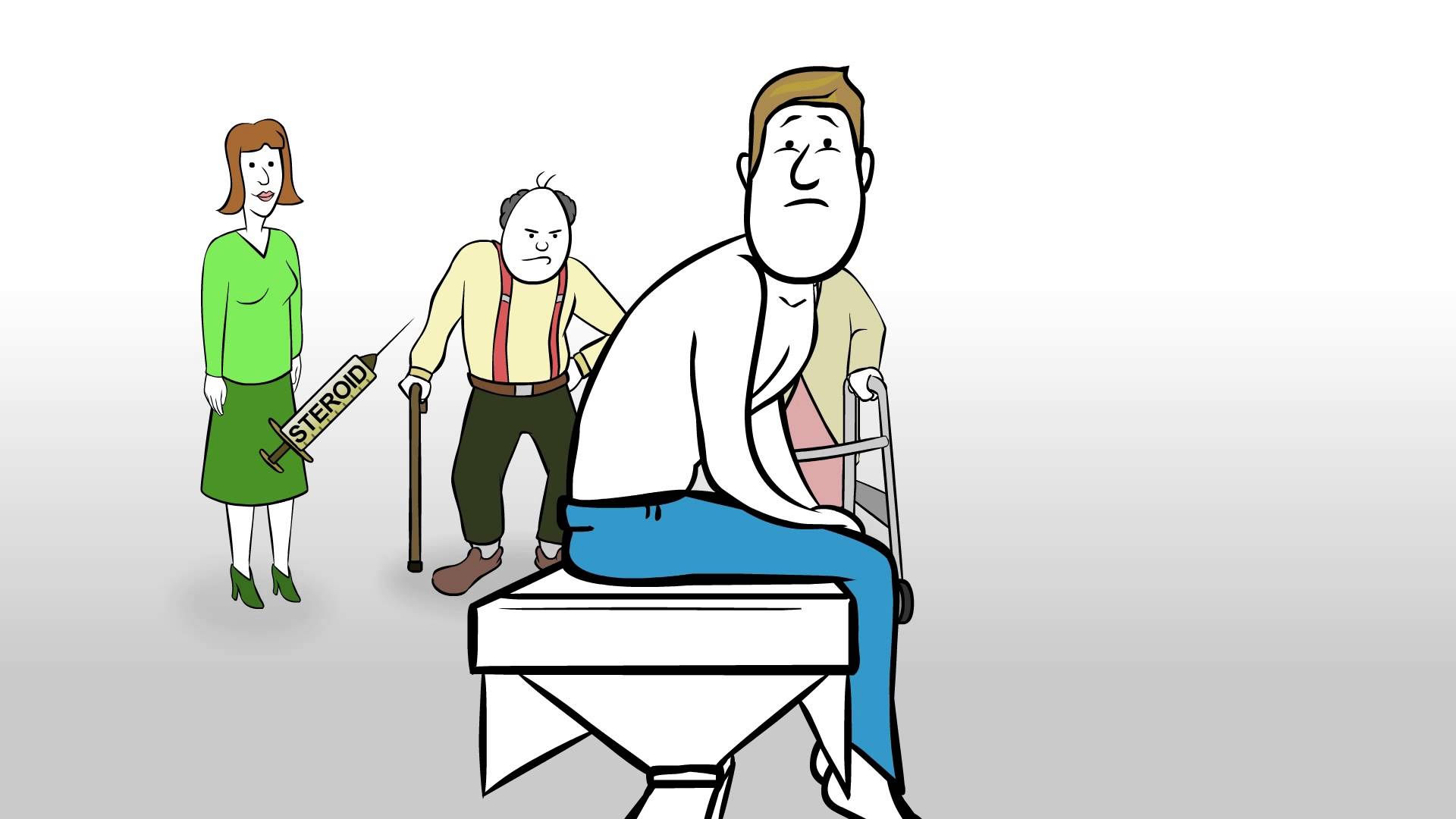
Jun 15, 2017 | Platelet Lysate, Prolotherapy, PRP, Spine and Neck
Pinched nerves and herniated discs can cause structural problems in your back, in addition to pain and discomfort. They can also cause weakened core stability in the lumbar spine; pinched nerves can also cause lead to deferred pain your hip and knees! Traditional surgical interventions work by cutting out the herniated portion of the disc. Although it may help relieve pain temporarily, this could lead to further issues as they are removing a necessary portion of the disc. While steroid injections are appropriate treatments for acute and sudden back pain, excessive use of steroids have been shown to cause weakening of the bones. This can eventually lead to fractures, especially in older women.
Epidural Steroid Alternatives
At StemCell ARTS, we are able to provide alternatives to high doses of steroid injections. Platelet Lysate, Prolotherapy, and Platelet Rich Plasma are treatments available here to help reduce inflammation, heal injuries and tighten ligaments.
Watch this video from Regenexx to see how our Platelet Lysate treatment stacks up against the standard epidural!
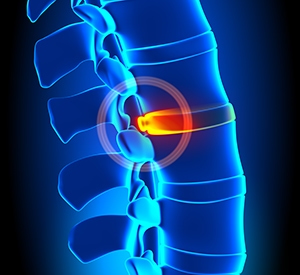
Jun 8, 2017 | Articles by Body Part, Platelet Lysate, Spine and Neck
Conventional Steroid Injections
Low back pain is one of the most common problems and injuries in the United States. For those who suffer from it, most people are provided relief with a series of standard steroid epidural injections. But what about those who are not candidates for steroids, such as patients with Lyme Disease, Osteoporosis, or even just those who have exhausted interventional injections? At StemCell ARTS, we are able to provide a minimally invasive, platelet therapy to help combat low back pain!
The Science Behind Platelet Lysate (PL)
Platelet Lysate is one of the treatments available to patients at StemCell ARTS for those who suffer from chronic low back pain. This treatment is specialized for those with disc pain (such as herniated discs) and pinched nerves in the spine. It involves a blood draw from your arm and afterwards, we hand-process the sample in our state-of-the-art laboratory. Platelets which contain growth factors are isolated and frozen; we then take these platelets and break them open to extract the growth serum within these cells. These growth factors are injected into the spine, and around discs similar to that of a standard epidural, but with your own super concentrated platelets! The platelets are immediate release (similar to steroid injections), but in most patients, they are provided with longer relief.
See how Dr. Friedlis explains our procedures and the clinical indications for them here
Click on some of our links below to see the outcomes for our Platelet Lysate procedures:
Low Back Pain and Sciatica Results
Can Regenexx PL Injections Replace Steroid Epidurals?






